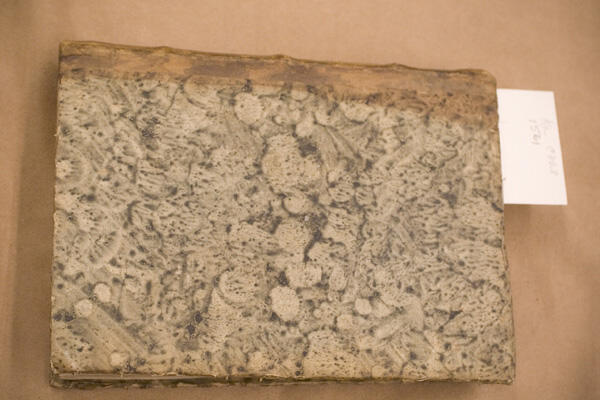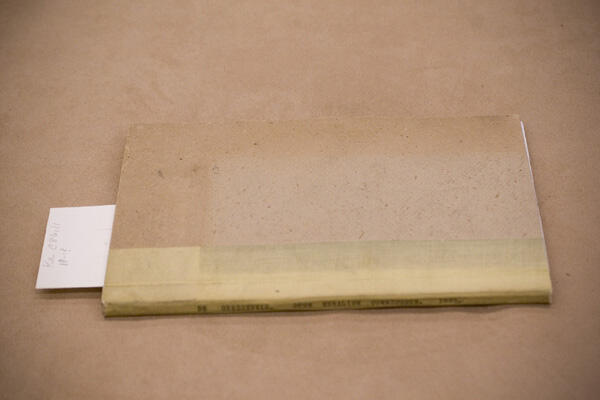Other editions of Crescenzi books owned by the Library of the Arnold Arboretum testify to the enduring popularity of his text in the centuries following its initial publication. Ruralia Commoda was frequently published in Italian, French, and German translations (several of the Library of the Arnold Arboretum copies are in Italian). In many cases the content was revised and updated but still credited to Crescenzi. Introductions appeared, penned by great names of the day. Some editions - such as the 1561 edition in the Library of the Arnold Arboretum - include glossaries of vocabulary to help a reader navigate the intricacies of agriculture, indicating that it was a book used less often by farmers than by gentlemen with an interest in farms. (It combined the features of an herbal with those of a pastoral.) And, in some cases, individual books of the original twelve were published on their own, as in the case of the Library of the Arnold Arboretum's nineteenth-century French translation of Book 4 (on wine-making).
These books often reveal a history of use in the corners of pages worn smooth by touch, in underlining and other nota bene marks, in the subject-specific marginalia. The incunable has handwritten Slavic translations for a variety of herbs in Book 6, and one reader of the 1605 edition has re-written segments of the Italian text in the margins, as if to commit them to memory. The parchment bindings that survive from the 16th century show the wear and tear of centuries' use. They are also object lessons in the durability of many utilitarian, "temporary" bindings, which may indicate the role of Crescenzi's text as a reference book: not the most elegant book in any collection but one that was consulted frequently and that needed to be protected from the rigors of use.
Examples of a Crecenzi parchment binding from the Library of the Arnold Arboretum
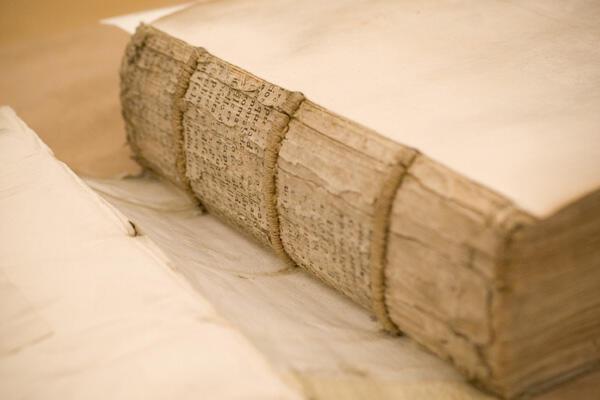

The bookbindings of the Crescenzi books also testify to the enduring value of the book's text to many generations of readers. The 1534 edition, donated by Sarah C. Sears, is centuries removed from its original binding, and is cased in green leather and Victorian book cloth with an embossed floral motif: this is not a fine binding but it demonstrates that someone wanted to keep the text safe from further damage.
The 1534 Crecenzi binding from the Library of the Arnold Arboretum
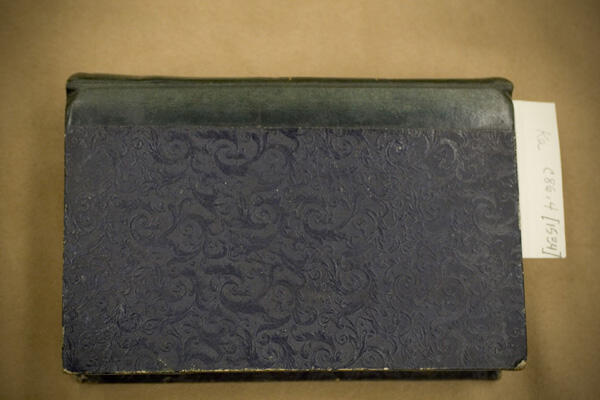
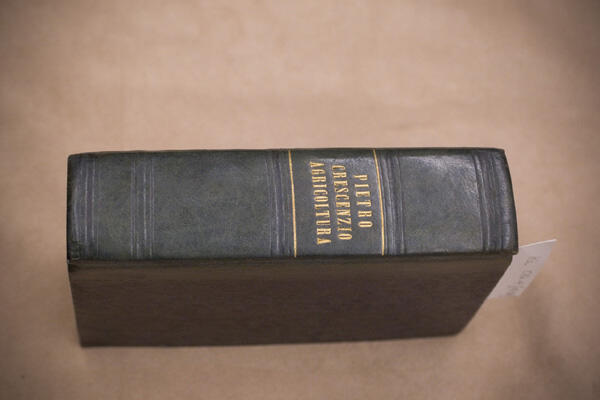
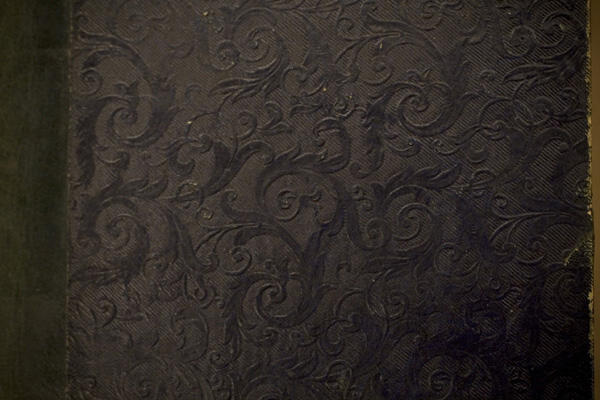
The 1561 edition was rebound in 18th-century daubed and pulled paste paper and a leather spine with (rather lopsided) gold tooling. A much later example is the library binding of the nineteenth-century "Le quatrième livre du Rustican consacré à la vigne," a none-to-elegant example of a previous era's approach to preservation. The cardboard covers serve the purpose of keeping the textblock safe, and the book opens in a pleasant way that encourages reading. In this case, a library binding has been used to protect an article excerpted from a larger publication. It is just a shame that on so many occasions earlier binding materials were discarded in the process of rebinding the textblock.
The Library of the Arnold Arboretum's 1561 Crecenzi binding and the 19th century Crecenzi binding